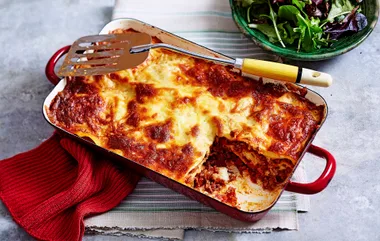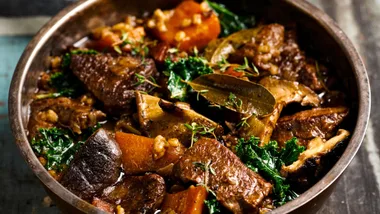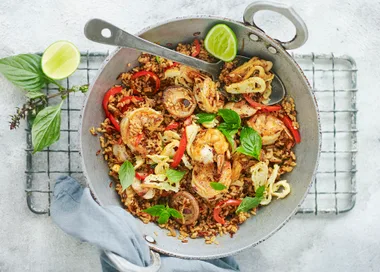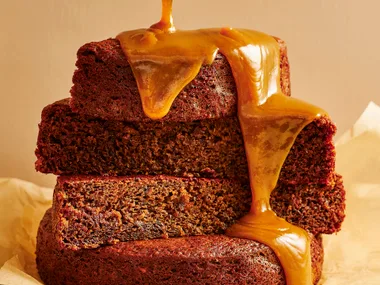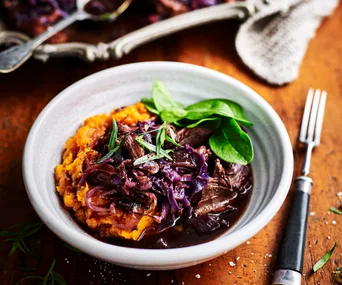“Oh no, we don’t do tongue,” said the third butcher I rang. Like the others I had talked to, he seemed uninterested in the mere thought of getting a tongue. “You need to go to an Asian butcher for that.” So I hopped in the car and drove to a Asian supermarket, where three massive beef tongues – or ox tongues, as they used to be known – stared at me from the chilling cabinet. “I’ll have one of those, please,” I said to the butcher, relieved that my week-long hunt for a tongue was now over. “And while I’m here, do you have any brains?” The butcher looked confused and was possibly wondering if I had just delivered an insult to his intelligence. “You know, brains,” I said, pointing to my head. He smiled and nodded, before going to the back of the shop, where he reached under a table and pulled something off the floor. He held up a pig’s head. “Oh God, no, not a head,” I said, feeling a little squeamish. “Just the brains.” “I’ll cut them out for you,” he grinned. “You know what? I’ll just take the tongue,” I said, not wanting to witness the autopsy of a pig’s head that morning.
It wasn’t cheap, at $17 per kilo – the one I bought weighed 1.1kg – so it’s no longer a budget stand-by food as it was in Nana’s day, and to be honest, they’re fairly revolting to look at. I winced every time I had to touch it, but once cooked it’s delicious, tasting like a cross between ham and roast beef. I ate some of the tongue sliced in an old-fashioned salad with iceberg lettuce, boiled eggs, tomato and carrot, with Nana’s dressing I wrote about a few weeks ago, using sweetened condensed milk. I sliced up some gherkins and threw them in at the end, which proved to be the best food combination I’ve tasted for a long time. A bit of tongue with a bit of gherkin is excellent. The rest I put in aspic – a gelatinous glaze made from meat stock – for my parents.
Ingredients
Method
Cooked tongue
Tongue in aspic
Note: It takes 10g of gelatine to set 500ml of hot liquid, so adjust accordingly.
Note

